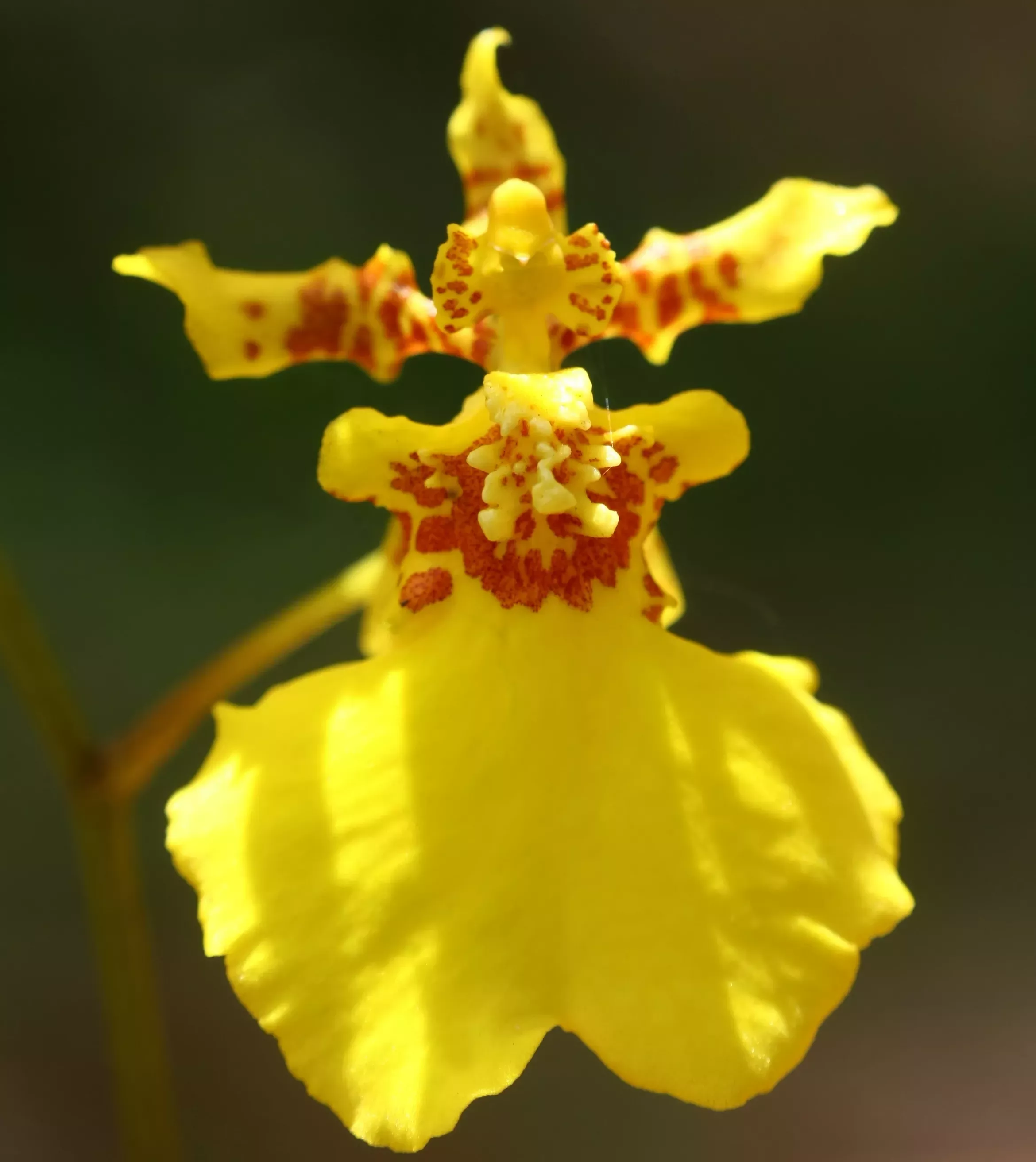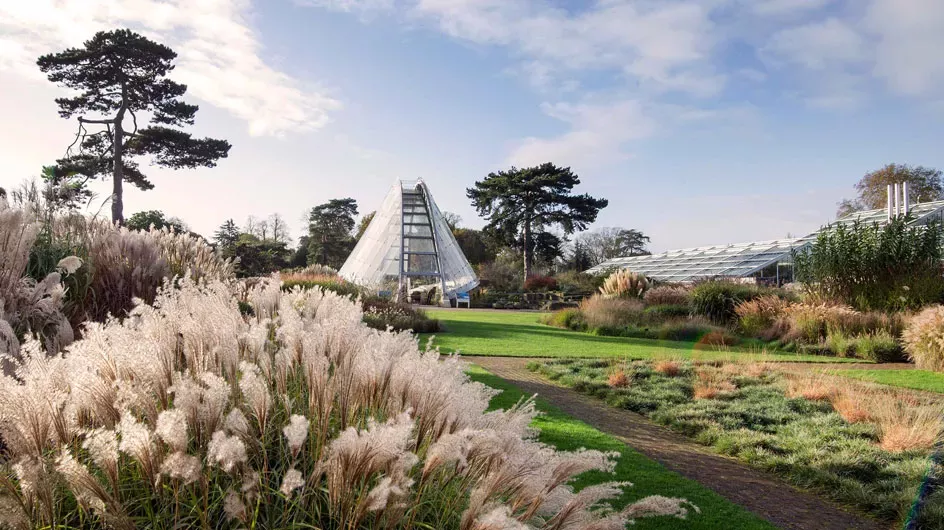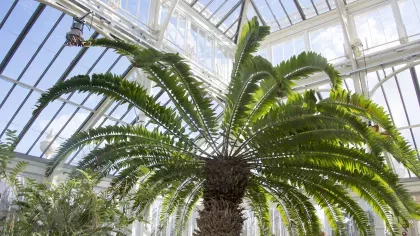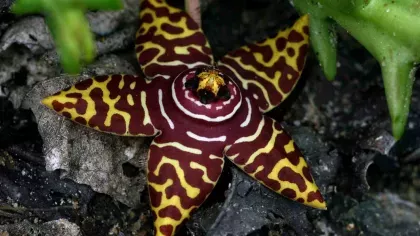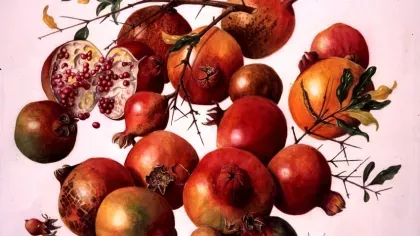5 February 2020
The flower of love: Most romantic plants
From heart-shaped flowers to leaves that look like pouting red lips, these plants will get you in the mood for romance.

Red rose (Rosa)
Of all the symbols of romance and love, the red rose is one of the most iconic and beautiful.
But you'd find it tricky to spot a natural deep red rose species in the wild.
Varieties within the Rosa genus that have this lovely crimson colour have been cultivated by selective breeding across the years.
Our own Rose Garden is home to 170 different rose species and cultivars.
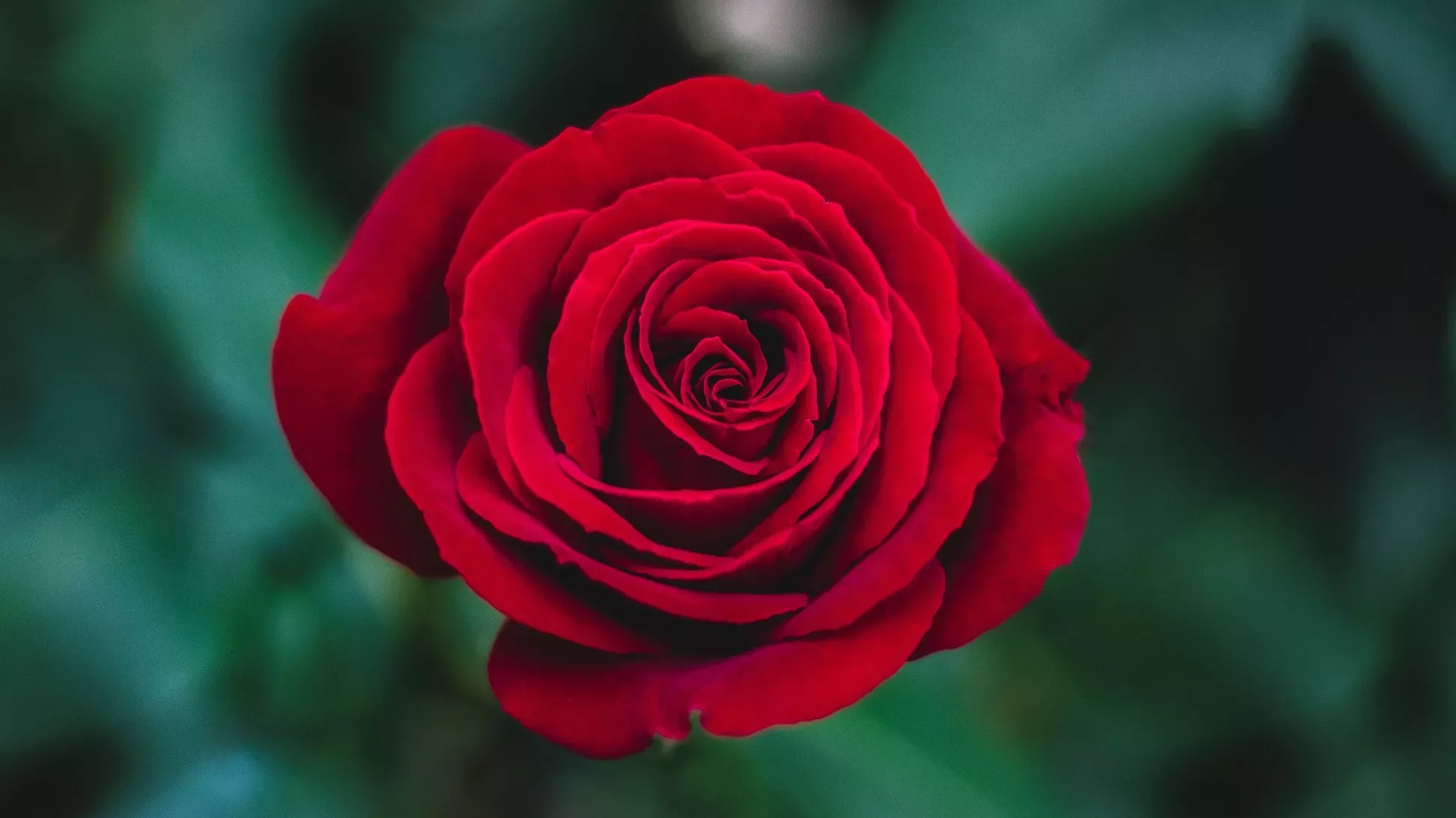
Bleeding heart (Lamprocapnos spectabilis)
With its delicate pink-red heart-shaped flowers, Lamprocapnos spectabilis is one of the most romantic looking plants out there.
Native to Asia and commonly known as bleeding heart, this species is a member of the poppy family (Papaveraceae).
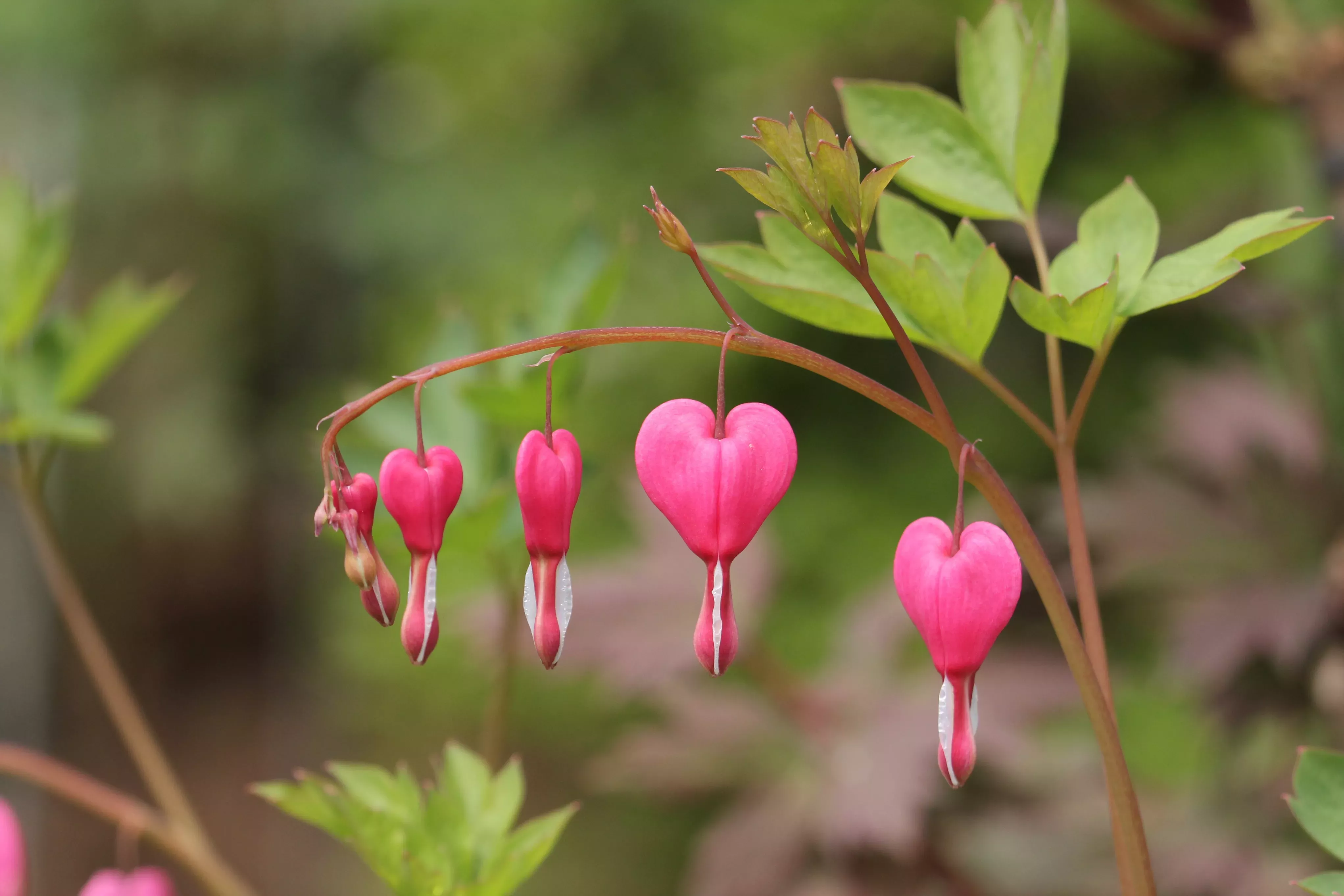
Hot lips (Psychotria elata)
Take a look at Psychotria elata. Do you see a pair of bright red lips?
This tropical plant species has bracts (the modified leaves that are often different from foliage leaves) that look like a pair of pouting human lips.
You can see how it earned one of its common names, hot lips.
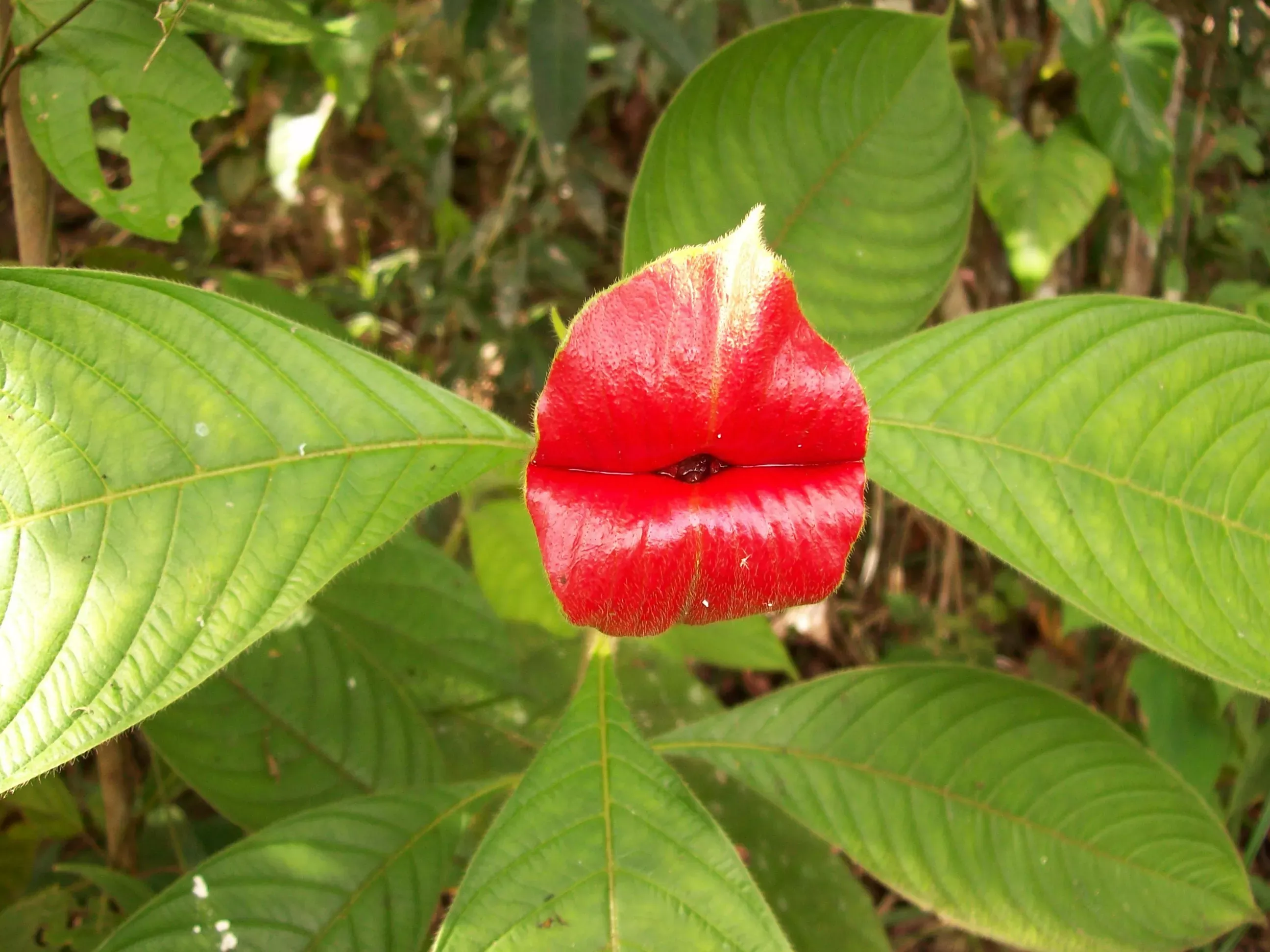
Dove orchid (Peristeria elata)
Peristeria elata resembles another popular emblem of love, a white dove.
It's easy to see where this species picked up its common name. White with small purple spots, the central section of the flower has a distinct dove shape.
The eye-catching plant is part of the orchid family, Orchidaceae, and its native range is Central America to Venezuela and Ecuador.
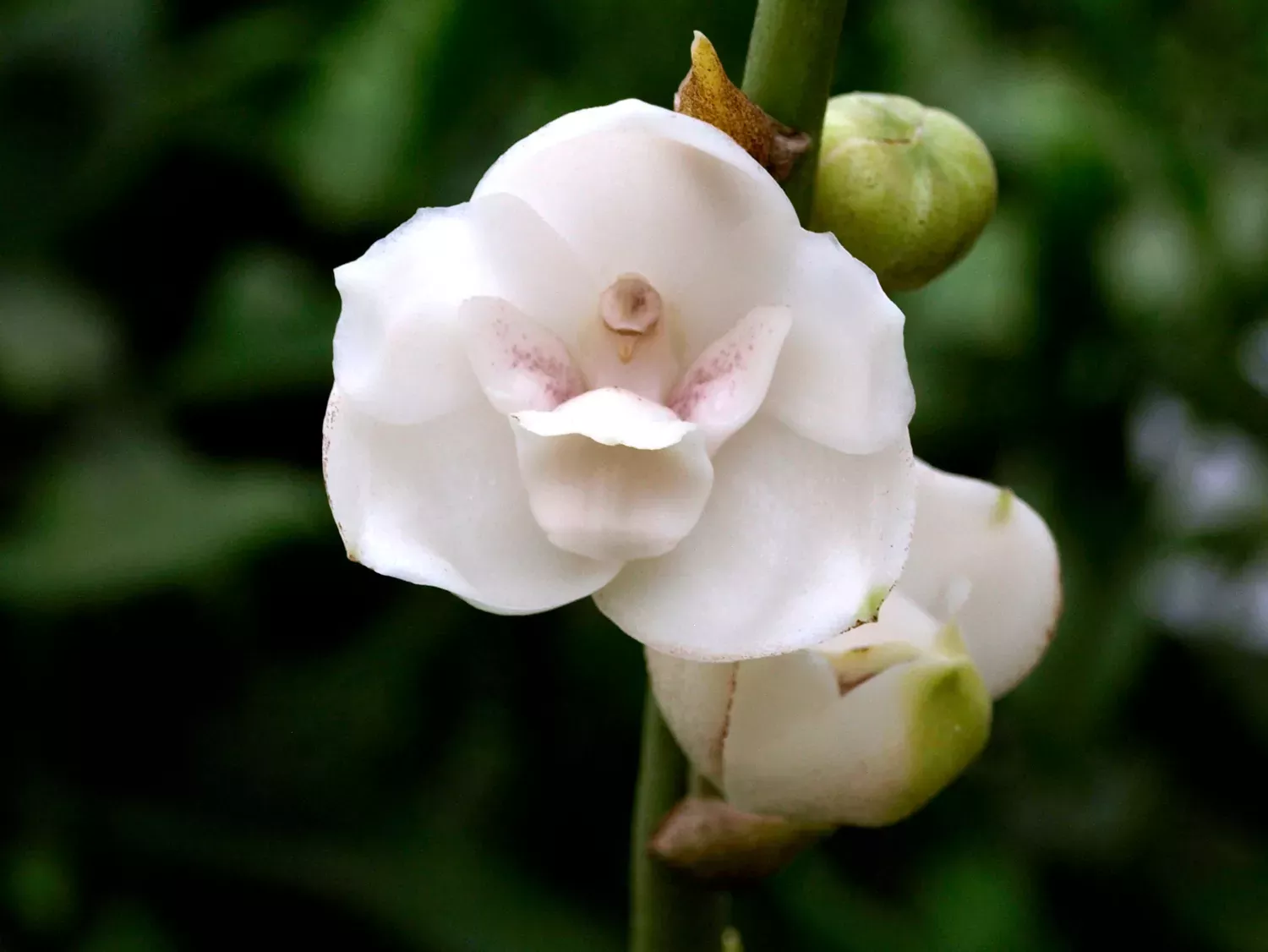
Anthurium
Many species within the Anthurium genus of flowering plants resemble romantic hearts by the shape of their leaves and petal-like spathes (large bracts enclosing the flower cluster).
Here, the bright red of the heart-shaped spathe adds to the plant's amorous appearance.
Can you spot the Anthurium in our Princess of Wales Conservatory?
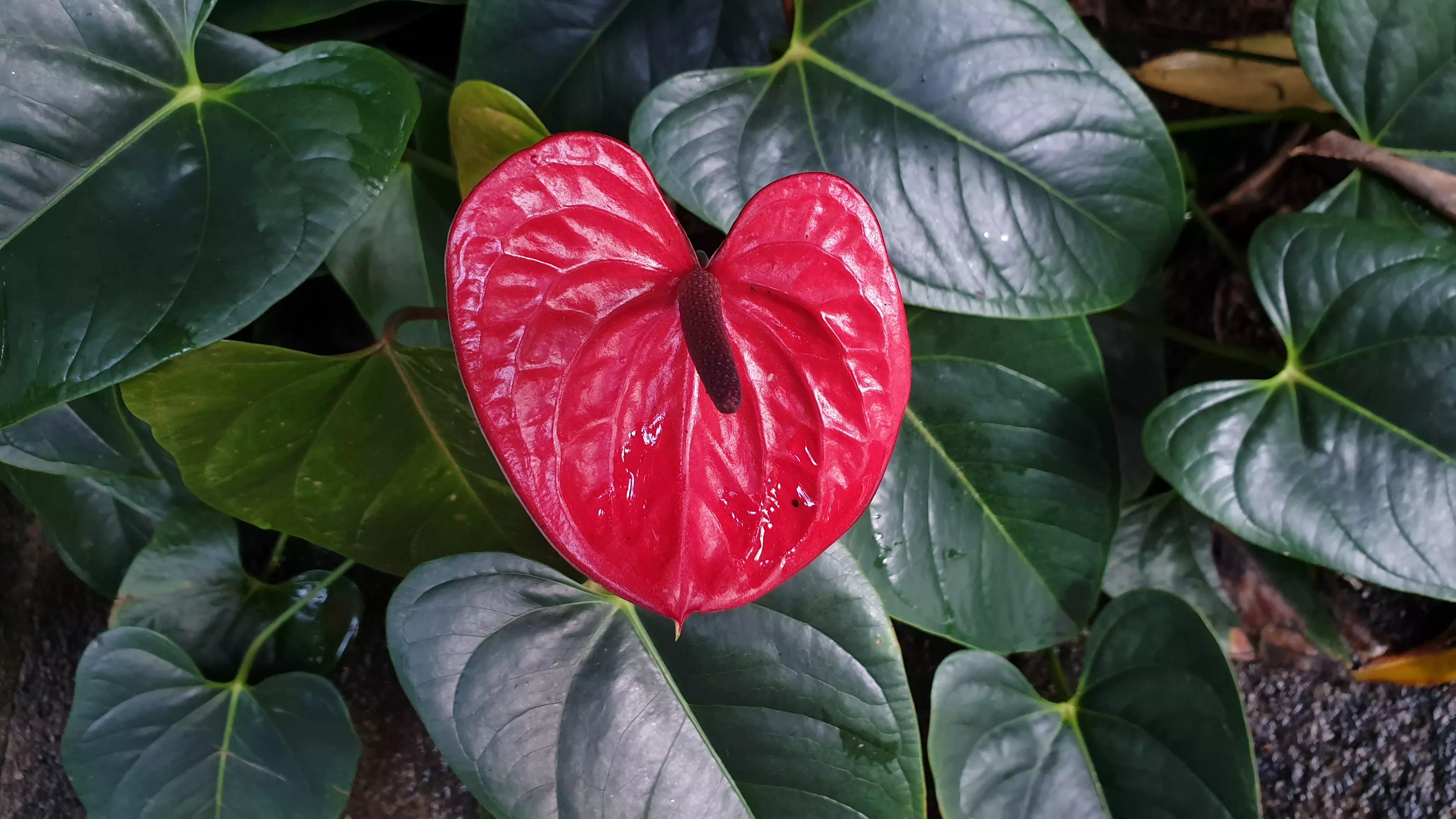
Hoya kerrii
Originating in Southeast Asia, Hoya kerrii is a very love-themed species thanks to its thick heart-shaped leaves.
Its romantic appearance makes it a popular gift on Valentine's Day.
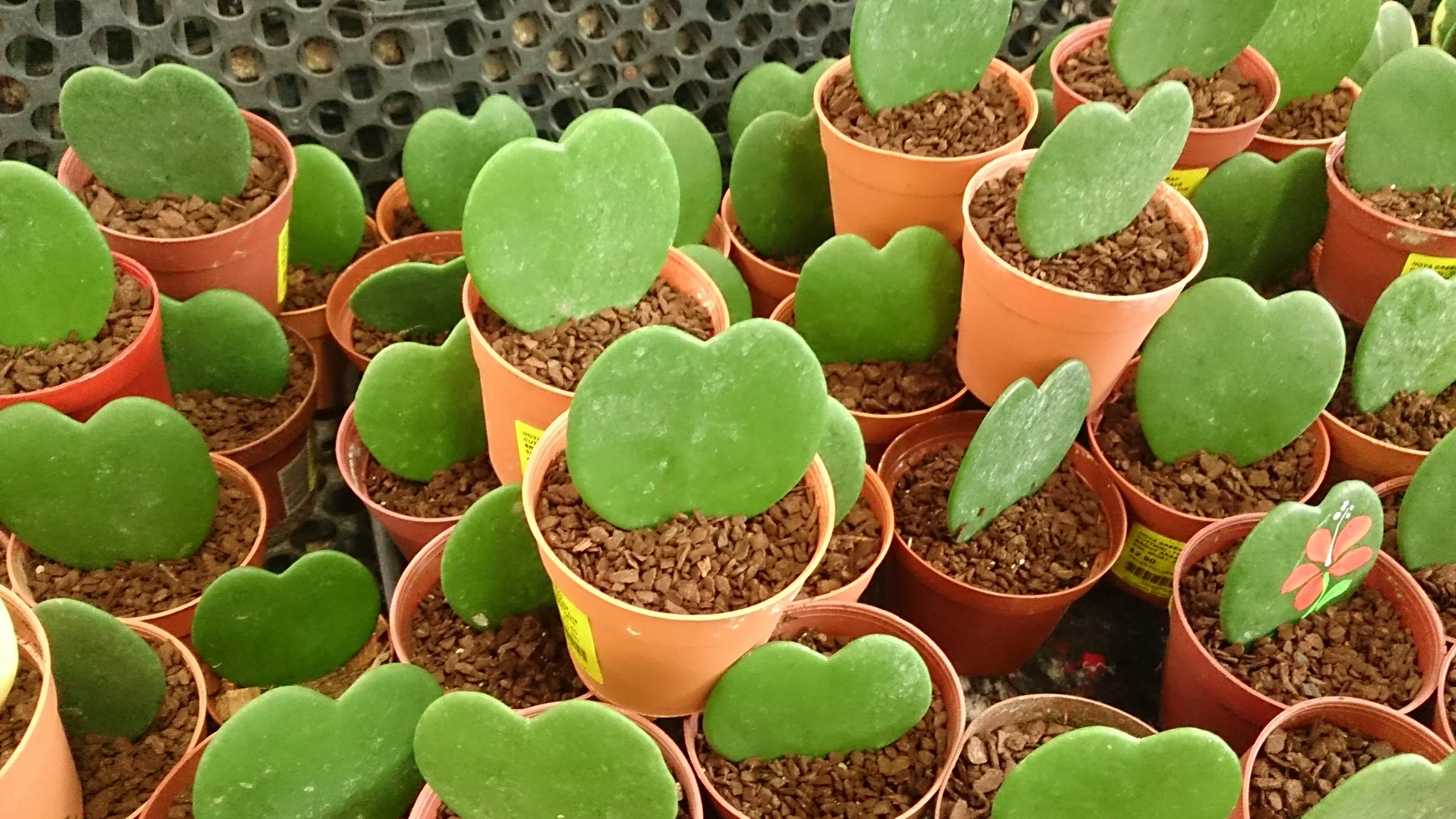
Hearts on a string (Ceropegia linearis subsp. woodii)
Continuing with the heart motif, Ceropegia linearis subsp. woodii also shows off heart-shaped leaves.
Native to South Africa, the evergreen species was discovered by botanist John Medley Wood in 1881. In 1894, Wood sent a living specimen to Kew.
A watercolour and pencil illustration of the plant featured in an issue of our long-running Curtis's Botanical Magazine in 1900.
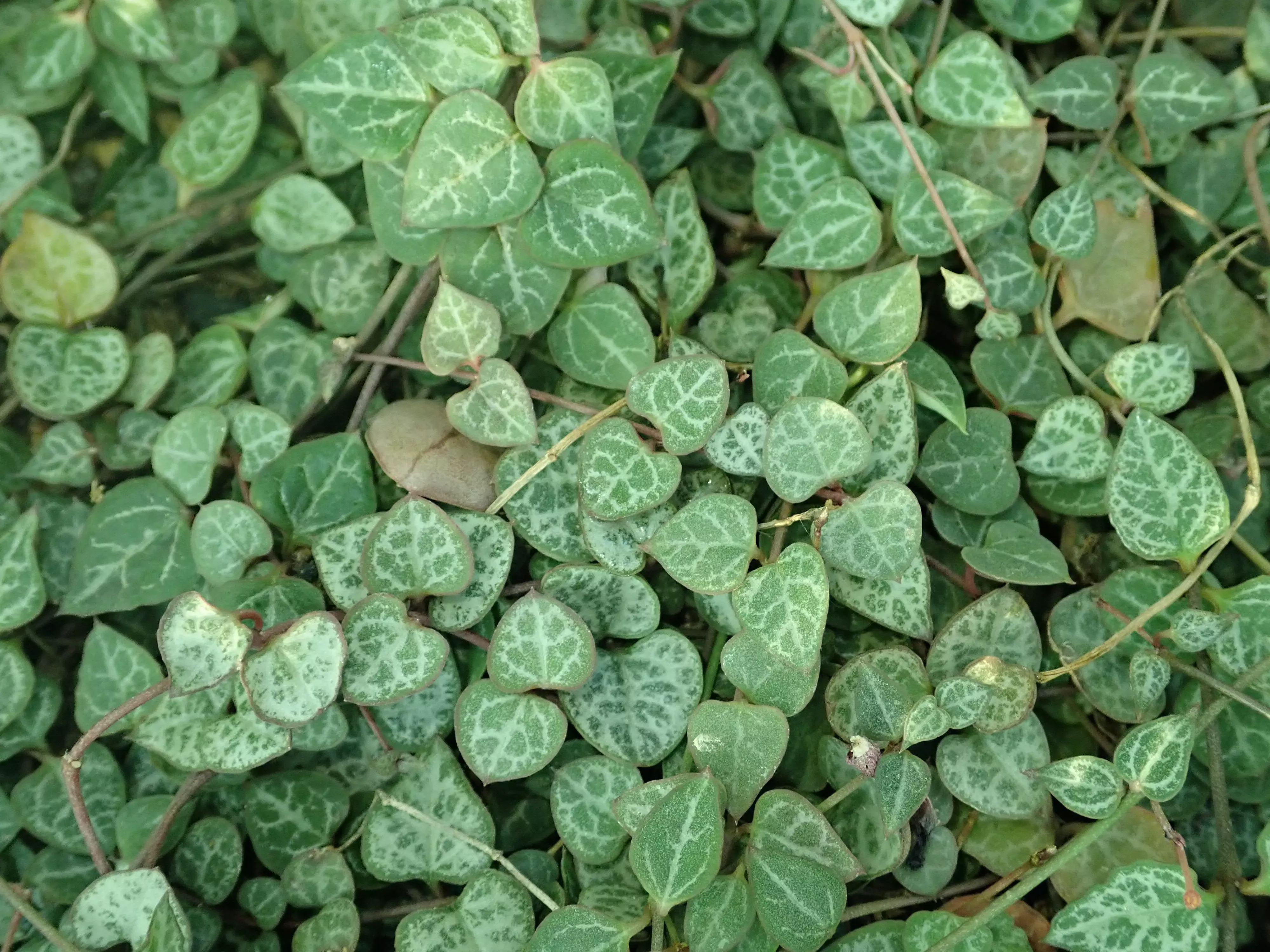
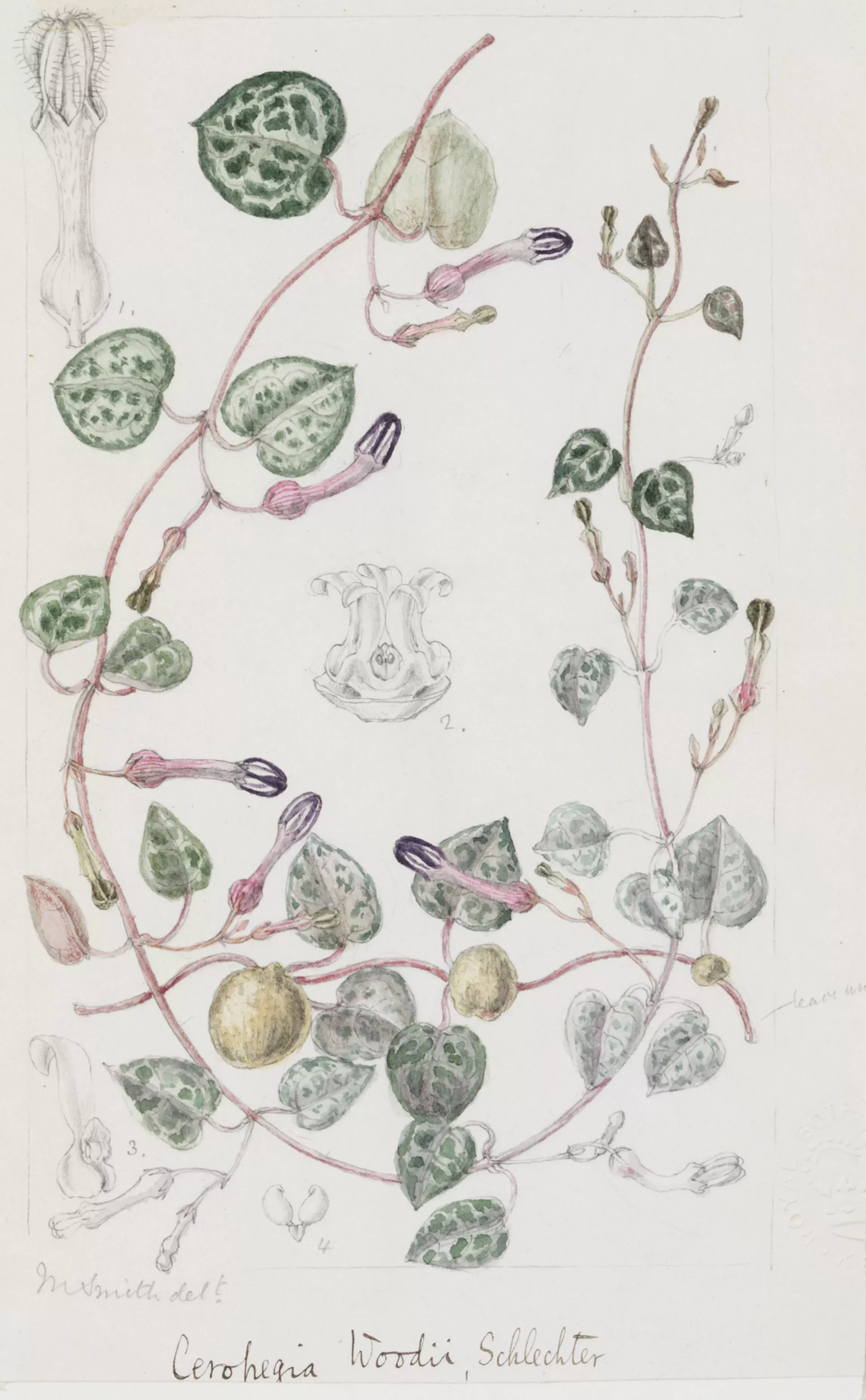
Dancing lady orchid (Oncidium sp.)
Dancing and romancing go hand in hand. That's why the Oncidium genus, native to tropical and subtropical America, deserves a nod for affairs of the heart.
Many species within this genus of orchids are commonly known as dancing lady orchids for their clear resemblance to dancers.
The arrangement of petals on each flower looks like a little dancing figure wearing a colourful flowing skirt.
It seems nature is full of romance, with symbols of love to be found in many unexpected and beautiful places.
